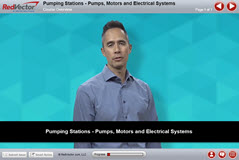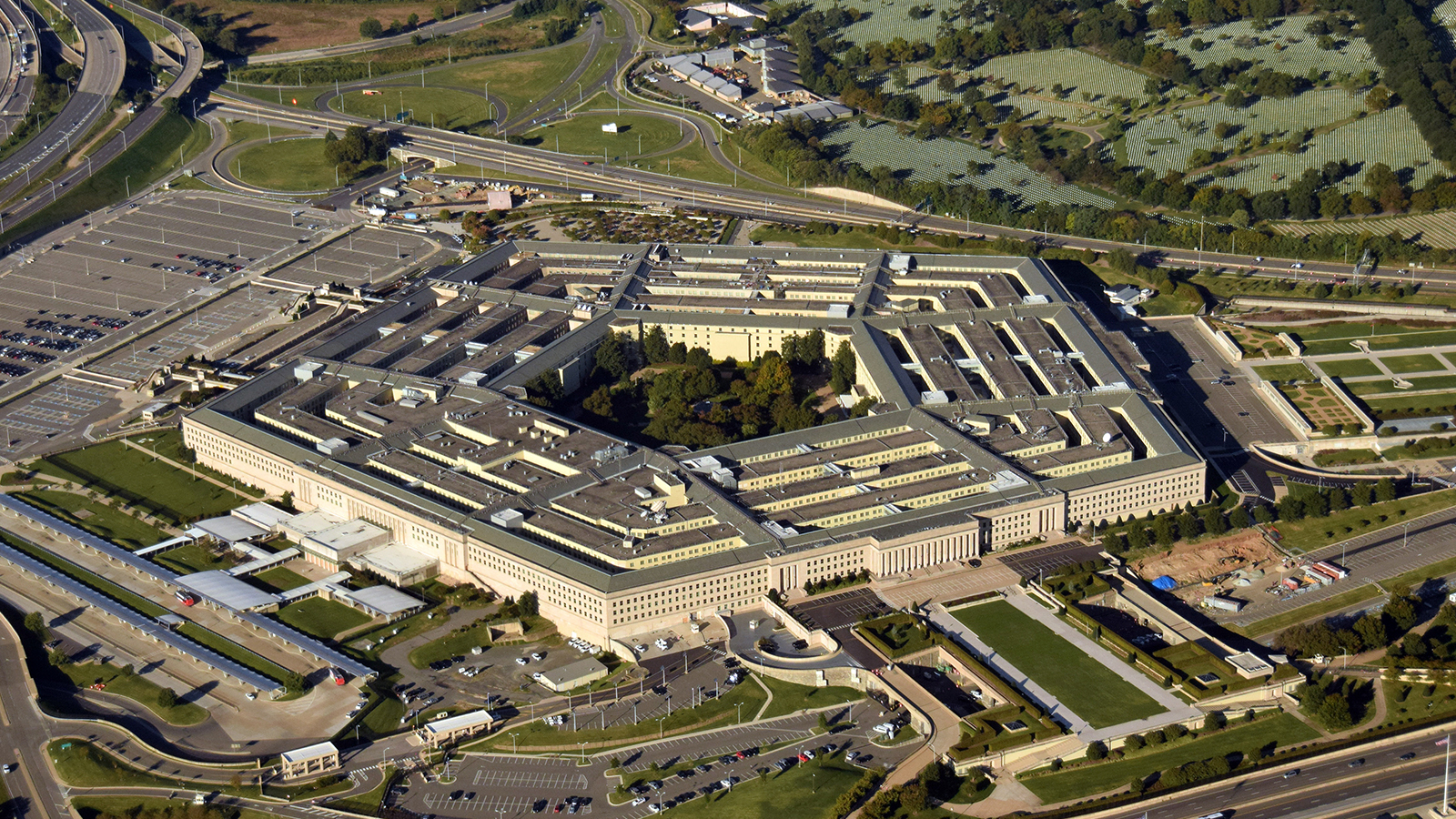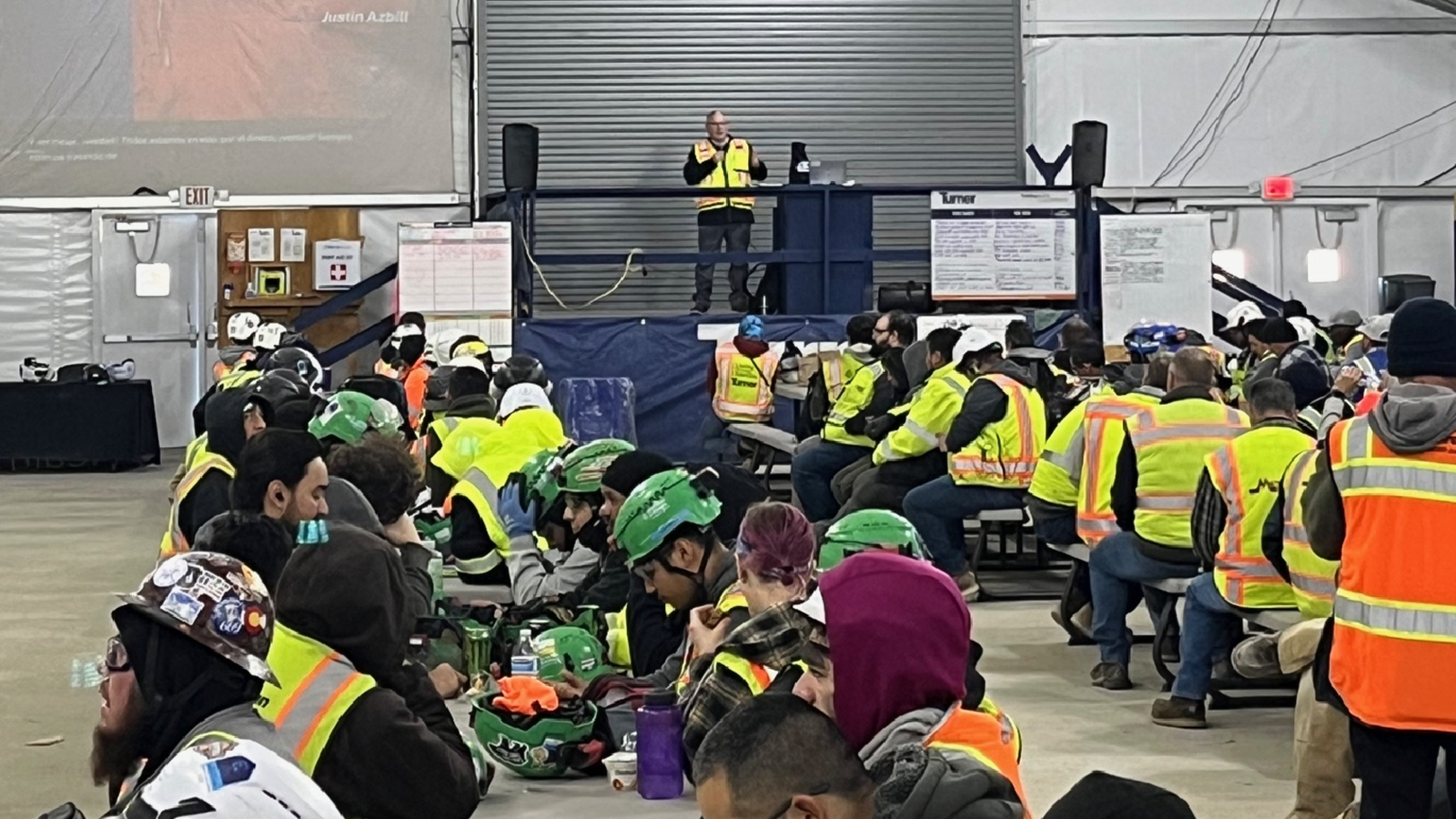
OK - 2023 NEC Changes: Chapters 1-7 (PGM)

Level: Intermediate
Average Rating:
Item #: RV-PGM267
Course Description
Part 1 of this interactive online course
covers the changes in Article 110 General Requirements for Electrical
Installations in the 2023 NEC®. Sections covered include updates to Article
110.3 through Article 110.29.
Part 2 covers the changes in Articles 240, 242, 245, and 250 of the 2023 National Electrical Code®. In this section, we’ll discuss the protection of conductors, standard ampere ratings, listing requirements, selective coordination, interrupting ratings, location on-premises, and replacement trip units.
Part 3 covers the changes to wiring methods in the 2023 National Electrical Code®. Articles covered in this section include Articles 320, 334, 336, 342, 352, 356, 358, 369, and 371.
Part 4 of this interactive online course covers updates made to general use equipment in the 2023 National Electrical Code®. In this section, we’ll discuss revisions made to Articles 410, 422, 426, 430, 440, 445, 450, and 480
Part 5 covers changes to special occupancies in the 2023 National Electrical Code®. Articles covered include Articles 500, 502, 512, 517, 547, 555, and 590.
Part 6 covers some of the 2023 updates in the National Electrical Code®, including changes to Articles 604, 625, and 680. We discuss manufactured wiring systems, electric vehicle power transfer systems, swimming pools, fountains, and similar installations.
The final portion of this courses covers changes to fire pumps and emergency systems in the 2023 National Electrical Code®. Articles covered include Articles 695, 700, and 708.
Learning Objectives
After successfully completing Part 1 of this course, you will be able to:
• Recall the requirements for terminations of dissimilar metals in 110.14
• Recall the new requirements for maintaining electrical equipment in 110.17
• State the general requirements for reconditioned equipment in 110.20
• Explain the requirements for removing listing marks in 110.21
• Discuss the revised requirements for marking disconnecting means in 110.22
• State the expanded working space requirements in 110.26
• Explain the new section for equipment within sight of other equipment in 110.29
After successfully completing Part 2 of this course, you will be able to:
• Discuss the overcurrent protection requirements of 240.4
• Identify the listing requirements of 240.7
• Recall the new selective coordination requirements in 240.11
• State the requirements for interrupting ratings in 240.16
• List the revisions to the access requirements of 240.24
• Recall the listing requirements for fuse reducers in 240.60
• List the requirements for replacement trip units in 240.89
• State the indication requirements for SPDs in 242.9
• List the requirements for routing grounding electrode conductors in 250.64
• Discuss the changes for GEC terminations at electrodes in 250.70
• Recall the requirements for ice makers in 250.114
• State the allowances for replacement switches in 250.130
• Discuss the requirements for existing ranges and dryers in 250.140
• Explain the clarifications for the requirements for EGCs in enclosures in 250.148
After successfully completing Part 3 of this course, you will be able to:
• Explain the requirements for cables in attics as described in 320.23
• Discuss the revisions in 334.24 for cable bending radius
• List the increased permitted sizes in 342.20 and 358.20 for IMC and EMT
• Explain the clarifications for Schedule 40 and Schedule 80 PVC in 352.10
• Recall when 352.44 requires expansion fittings
• List the permitted uses in 356.10 for liquid type flexible nonmetallic conduit
• Discuss the new allowances for EMT in 358.10
• Recall what the new Article 369 covers
• Explain what the new Article 371 applies to
After successfully completing Part 4 of this course, you will be able to:
• Discuss the requirements for the disconnection of LED drivers in 410.71
• Recall the requirements for flexible cords in 422.16
• List the requirements in 422.18 for ceiling fans
• Recall the requirements for GFPE in 426.28 for snow melting and deicing equipment
• Describe the clearance requirements of 440.8
• List the requirements for the protection of live parts in 440.11
• Explain the clearance requirements of 440.14
• List the requirements in 445.18 for generator disconnects
• Discuss the prime mover shutdown requirements in 445.19
After successfully completing Part 5 of this course, you will be able to:
• Discuss the revised classification requirements for Class III locations in 500.5
• Explain the temperature requirements and rules for lasers in 500.8
• List the sealing requirements in 502.15
• List the requirements for pharmacies in 517.10
• List the requirements for replaced equipment in 555.15
• Recall the protection requirements in 555.35
• List the requirements in 555.38 for lighting around marina's docking facilities and similar, and
• Explain why the temporary wiring requirements of 590.8 were reduced
After successfully completing Part 6 of this course, you will be able to:
• Explain the circuiting requirements for EVSE in 625.40
• Explain the GFCI and SPGFCI requirements of 680.5 for pools and similar installations
• Discuss the requirements for underground wiring around pools in 680.11
• List the requirements for equipment in the corrosive environments indicated in 680.14
• Explain the requirements for swimming pool motors in 680.21
• Describe the equipotential bonding requirements for pool decks in 680.26
• List the separation requirements for equipment near hot tubs and immersion pools in 680.41 and 680.50
• State the requirements for bonding around the splash pads discussed in 680.54
After successfully completing Part 7 of this course, you will be able to:
• List the new requirements for raceway fittings for fire pumps in 695.6
• Recall the voltage drop requirements for fire pumps in 695.7
• Discuss the changed testing and commissioning requirements for emergency systems in 700.3
• List the requirements for parallel sources of emergency power in 700.4
• Recall the changes for transfer equipment for emergency systems in 700.5
• State the requirements for Class 2 lighting and emergency systems in 700.11 and 700.27
• Explain the listing requirements for luminaires in emergency systems in 700.24
• Discuss the selective coordination requirements of 700.32 for emergency systems
• List the cybersecurity requirements in 708.7 for critical operations power systems
Course Applies To:
This course can be used for CE or applies to the State Licenses and Professional Organizations listed below.
Narrow Your Search Here or Select Your State(s) Below:
Click on the state to expand the license or professional organization that applies to the course.
State Licenses
Professional Organizations
Subject Matter Expert: Anonymous
Biography
More from Anonymous:
Course Reviews (0)
Recommended Courses
-
 Online Course
Online Course -
 Online Course
Online Course -
 Online Course
Online Course -
 Online Course
Online Course -
 Online Course
Online Course -
 Online Course
Online Course -
 Online Course
Online Course -
 Online Course
Online Course -
 Online Course
Online Course -
 Online Course
Online Course
© 2025 VectorSolutions.com All Rights Reserved. Terms and Conditions | Privacy Policy i-05e4467b4ea135765
